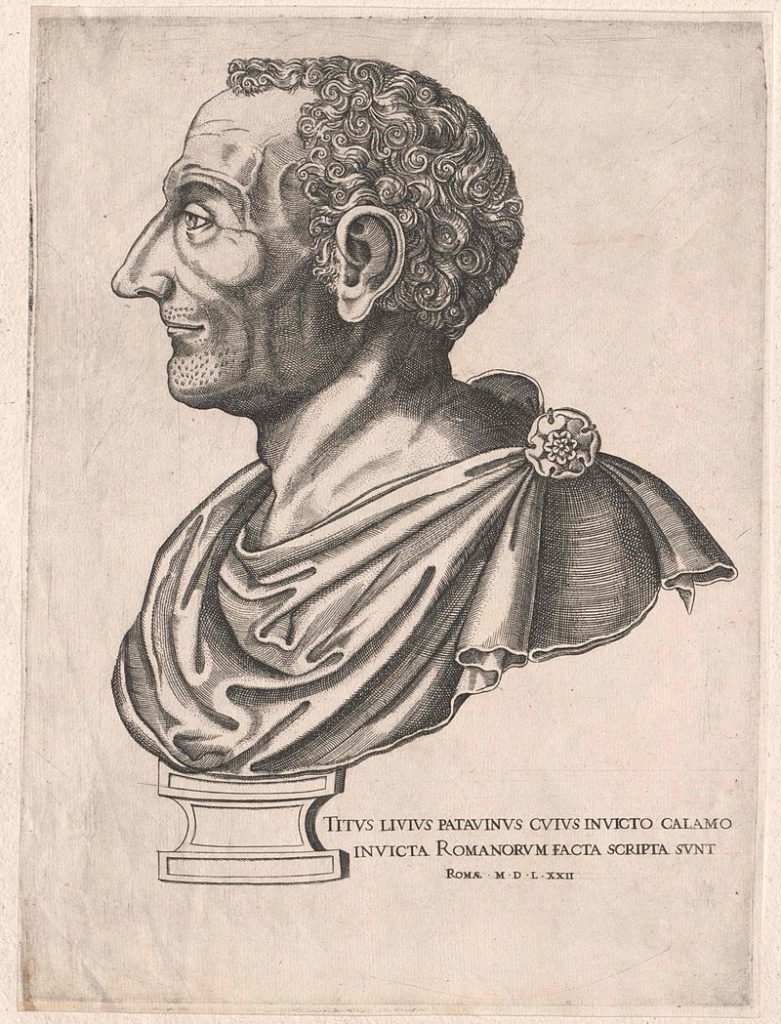Probably workshop of Guido Fontana
Italy, Urbino, circa 1550
On the back: inscribed in blue ‚HORATIO’,
Three concentric yellow circles
Tin-glazed earthenware, painted in blue, green, yellow, orange, mangan
Diameter 46 cm
Provenance
Collection Baron Adolphe de Rothschild Paris;
By descent to Maurice de Rothschild;
Duveen Bros., New York, 1916;
Clarence H . MacKay, N ew Y o r k ;
Dr. H. Deutsch Collection, Belle Harbour, Long Island, New York;
Sotheby’s London , 14 May 1963, lo t 33;
Christie’s London, 7 July 2003, lot 1;
Christie’s London, 24 May 2011, lot 40.
Sheikh Hamad b in Abdullah Al Thani, Paris, Hotel Lambert, until 2022.
Related Literature
Timothy Wilson, The Golden Age of Italian Maiolica Painting, Turin, 2018.
Timothy Wilson, Maiolica. Italien Renaissance Ceramics in the Metropolitan Museum of Art, Highlights of the Collection, with an Essay by Luke Syson, The
Metropolitan Museum of Art, New York, 2016.
The story illustrated on this plate is related in Livy’s history of Ancient Rome (Livy/Titus Livius, Ab urbe condita, vol. 2, pp. 10–13). In 507 BC, Horatius Cocles was defending a bridge that led to Rome alone against the Etruscans. The mythical hero happened to have been deployed to guard the bridge when the Etruscans attacked. While Cocles was defending the bridge on his own against the enemy, his comrades were demolishing the bridge behind him to prevent the Etruscans from crossing the river. However, the bridge collapsed and – according to Livy – Horatius Cocles fell into the Tiber in his full armour. He asked the river god Tiberinus for help and managed to reach the bank safely.
According to another Roman historian and writer, Polybios, in his work The Histories (vol. 6, pp. 54–55) Horatius Cocles drowned in the Tiber. The story is a symbol of virtue and individual self-sacrifice for the Roman state and the common good.
The size of the plate and the quality of the painting suggest that it was made in the Fontana workshop. In very rare instances plates were signed on the back or extensively inscribed in a handwriting that enables conclusions to be drawn about specific painters. In most cases, however, the maiolica painters remain nameless.
More frequently, graphic works that served as templates for motifs can be identified. In most cases this involved a number of such motifs that were combined with each other at will.
Illustrated works such as Deche di Tito Livio vulgare hytroriate, Venice 1493, which was available in several editions in the 16th century, served as templates for stories taken from Roman history. An etching by Marcantonio Raimondi, created between 1510–27 (fig. 1), could have served as the inspiration for the brave Horatius Cocles.
Maiolica plates entirely covered with biblical, mythological or historical depictions or themes from poems by Petrarch or Ludovico Ariost, are known as istoriato. Around 1550–60 the most important place in Urbino, where istoriato plates were produced was the workshop of Guido Durantino. By this time, he was already calling himself Fontana – Guido and his son Orazio, who also worked in the workshop, having adopted the name Fontana by 1541 at the latest (cf. Wilson 2016, p. 199). Guido probably did not work as a painter himself but as an entrepreneur, employing Urbino’s most talented maiolica painters in his workshop.


